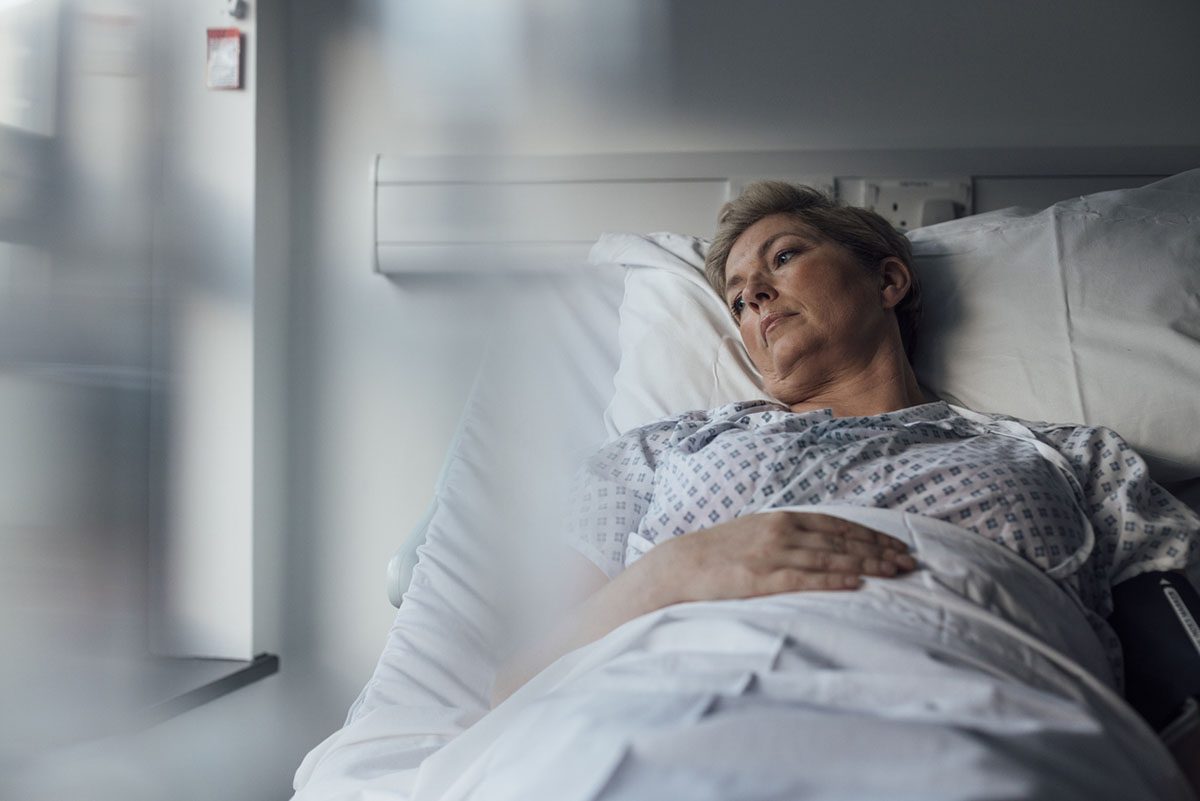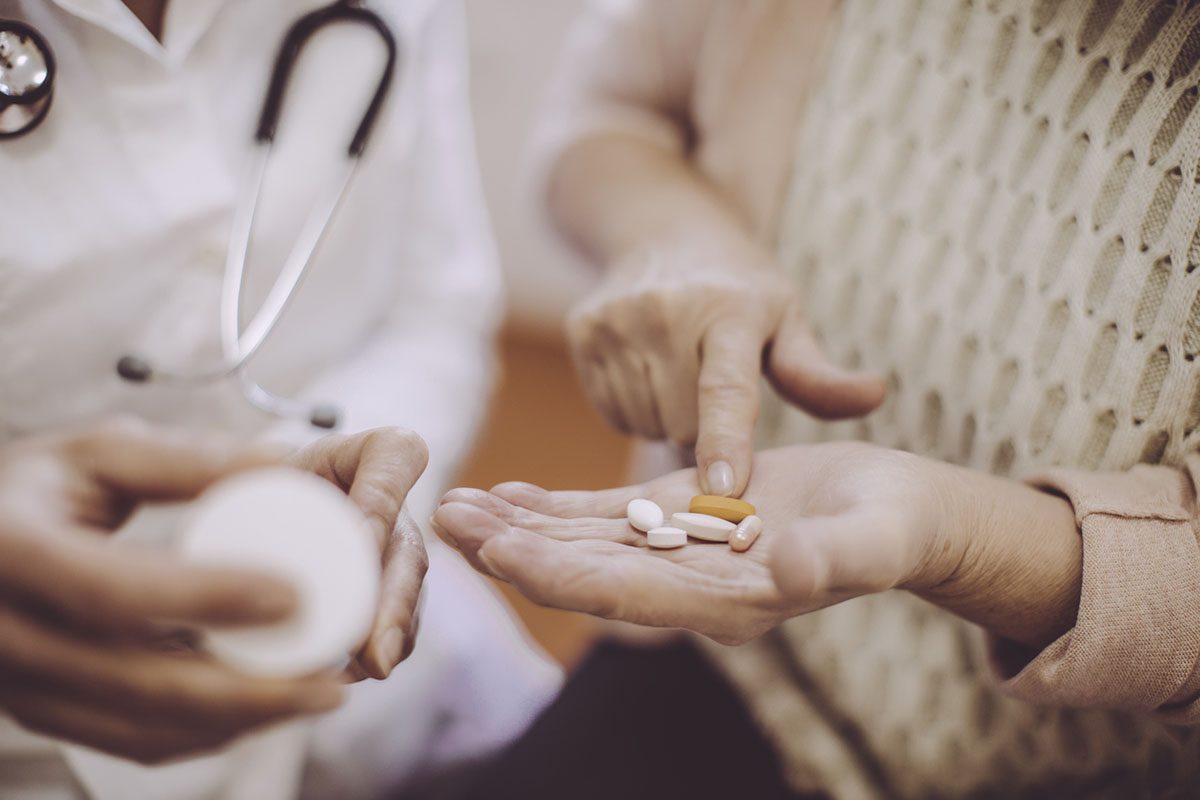
Lithium Treatment in a Severely Depressed Child At Risk for Bipolar Disorder
Treatment of severely depressed children at risk for bipolar disorder is usually a challenge. Considering that early onset depression may precede manic episodes,1 depressed children are at increased risk of manic switch and suicidal behavior when exposed to antidepressant treatment.2 Lithium is considered the first-line pharmacologic strategy with proven effectiveness in the treatment and prevention of bipolar depression and suicide attempts in adults.2 However, there are only a few studies3,4 of depressed children and adolescents with suicidal ideation and high risk for bipolar disorder.
Case Report
We report the case of an 11-year-old girl with severe depression, suicidal ideation, and family history of bipolar disorder. Her symptoms remitted after lithium monotherapy.
Although the patient had no clinical comorbidities or previous episodes of mood disorder, her mother was diagnosed with major depressive disorder (MDD) and her brother was diagnosed with bipolar disorder, which had responded to lithium, and attention-deficit/hyperactivity disorder.
At the age of 9 years, the patient began to experience periods of increased irritability, decreased frustration tolerance, and oppositional behavior toward her parents and recurrently said that she wanted to die. One year later, she began to present periods of intense sadness, worsening irritability, and the feeling of not being loved by her family. She also started arguing more with her father and more aggressively. At school, she remained alone, was less talkative than usual, refused to join group activities, and her academic performance declined. She attempted to commit suicide 3 times by taking large quantities of nonlethal medicines, trying to suffocate herself with a plastic bag, and cutting herself with a knife.
At her first assessment, she presented with depressed mood and an unwillingness to participate in activities that she previously enjoyed and was unable to perform simple routine tasks. Low self-esteem and poor prospects for the future were evident. She was diagnosed with MDD without psychotic symptoms (DSM-1V5 criteria), and lithium carbonate 300 mg/d monotherapy was introduced due to severity (Children’s Depression Rating Scale-Revised6 [CDRS-R] score = 64, Children’s Global Assessment Scale7 [C-GAS] score = 31, Clinical Global Impressions8 [CGI] score = 6). Her parents were advised about side effects, risk of manic switching, and possibility of further suicide attempts and intentional overdose.
A follow-up assessment was carried out by child and adolescent psychiatrists for 2 years. The CDRS-R, C-GAS, CGI, and Young Mania Rating Scale9 (YMRS) were administered, and lithium blood levels were monitored. The lithium carbonate dose was gradually increased to 900 mg/d. Unfortunately, psychotherapeutic treatment was unavailable during the follow-up period. In addition, a lithium blood test could not be performed monthly due to lack of parental organization—although the parents medicated the child according to medical prescription, they forgot to take her to the clinic for the blood test.
Lithium was well tolerated, and after 12 weeks of treatment she presented total remission of suicidal ideation and significant improvement of depression (Table 1). After 12 months, she remained asymptomatic with no sign of relapse (CDRS-R score = 18, CGI score = 2, C-GAS score = 88/100). The YMRS score did not indicate possibility of manic episode or mixed state.
Discussion
Our findings are consistent with the recent review by Duffy and Grof10 that showed lithium may be well tolerated by depressed children and effective in reducing suicidal ideation and depressive symptoms. This case clearly showed that lithium monotherapy, accompanied only by parental psychoeducational orientation, was directly linked with total and quick remission of suicidal ideation and with significant improvement of depressive symptoms during the follow-up period. The daily lithium dose (900 mg) was in line with pharmacokinetic and pharmacodynamic studies4,11 of lithium in children.
There is a need for further studies in the pharmacologic treatment of depressed children at high risk for bipolar disorder. We believe the insights gained from this clinical case report may encourage clinicians to use lithium in similar conditions.
Published online: October 10, 2019.
Potential conflicts of interest: Dr Nogueira-Lima has served as a speaker for and received support to participate in medical events from Janssen-Cilag. Drs Boarati and Fu-I report no conflicts of interest related to the subject of this report.
Funding/support: None.
Patient consent: Consent was obtained from the parents of the patient to publish the case report, and information has been de-identified to protect anonymity.
REFERENCES
1.Duffy A, Horrocks J, Doucette S, et al. The developmental trajectory of bipolar disorder. Br J Psychiatry. 2014;204(2):122-128. PubMed CrossRef
2.Cipriani A, Hawton K, Stockton S, et al. Lithium in the prevention of suicide in mood disorders: updated systematic review and meta-analysis. BMJ. 2013;346:f3646. PubMed CrossRef
3.Findling RL, Frazier JA, Kafantaris V, et al. The Collaborative Lithium Trials (CoLT): specific aims, methods, and implementation. Child Adolesc Psychiatry Ment Health. 2008;2(1):21. PubMed CrossRef
4.Grant B, Salpekar JA. Using lithium in children and adolescents with bipolar disorder: efficacy, tolerability, and practical considerations. Paediatr Drugs. 2018;20(4):303-314. PubMed CrossRef
5.American Psychiatric Association. Diagnostic and Statistical Manual of Mental Disorders, 4th edition (DSM-IV). Washington DC: American Psychiatric Association, 1994.
6.Poznanski EO, Mokros HB. Revised Children’s Depression Ranting Scale: Manual. Los Angeles: Western Psychological Services; 1994.
7.Shaffer D, Gould MS, Brasic J, et al. A children’s global assessment scale (CGAS). Arch Gen Psychiatry. 1983;40(11):1228-1231. PubMed
8.Busner J, Targum SD. The clinical global impressions scale: applying a research tool in clinical practice. Psychiatry (Edgmont). 2007;4(7):28-37. PubMed
9.Young RC, Biggs JT, Ziegler VE, et al. A rating scale for mania: reliability, validity and sensitivity. Br J Psychiatry. 1978;133:429-435. PubMed
10.Duffy A, Grof P. Lithium treatment in children and adolescents. Pharmacopsychiatry. 2018;51(5):189-193. PubMed CrossRef
11.Findling RL, Landersdorfer CB, Kafantaris V, et al. First-dose pharmacokinetics of lithium carbonate in children and adolescents. J Clin Psychopharmacol. 2010;30(4):404-410. PubMed CrossRef
aUniversity of São Paulo, Institute of Psychiatry, São Paulo, SP, Brazil
*Corresponding author: Gustavo Nogueira-Lima, MA, University of São Paulo, Institute of Psychiatry, Rua Dr Ovidio Pires de Campos, 785 São Paulo, SP, Brazil 05403-903 ([email protected]).
Prim Care Companion CNS Disord 2019;21(5):18l02420
To cite: Nogueira-Lima G, Boarati MG, Fu-I L. Lithium treatment in a severely depressed child at risk for bipolar disorder. Prim Care Companion CNS Disord. 2019;21(5):18l02420.
To share:https://doi.org/10.4088/PCC.18l02420
© Copyright 2019 Physicians Postgraduate Press, Inc.
Please sign in or purchase this PDF for $40.00.
Save
Cite




